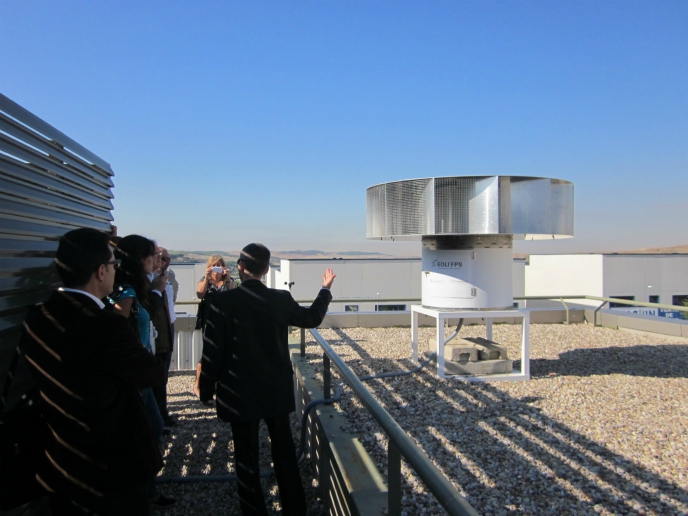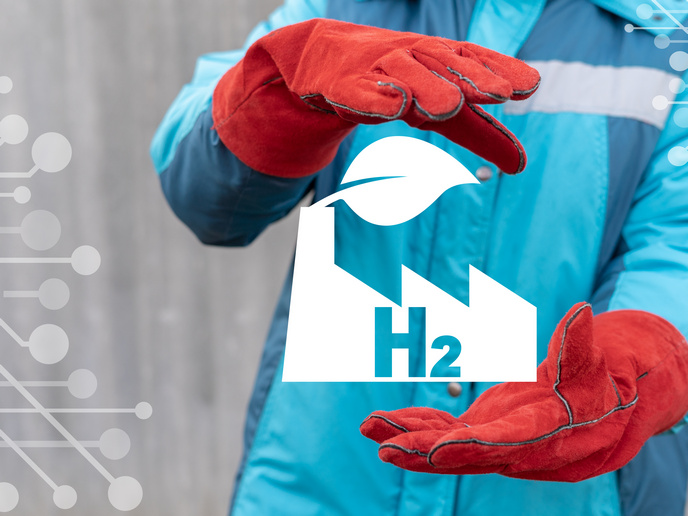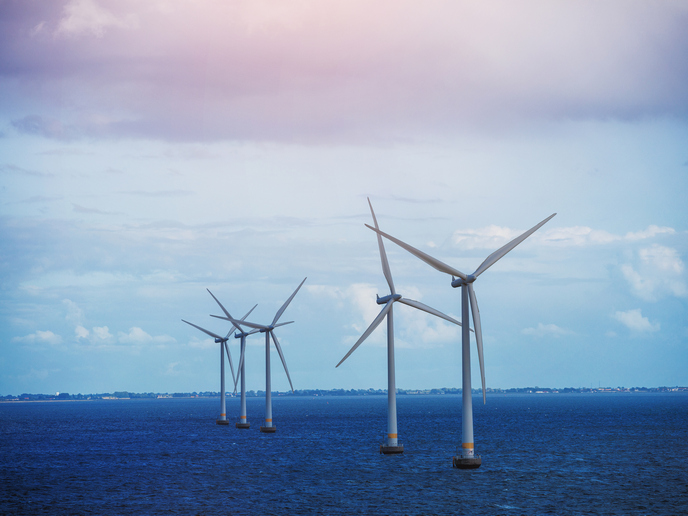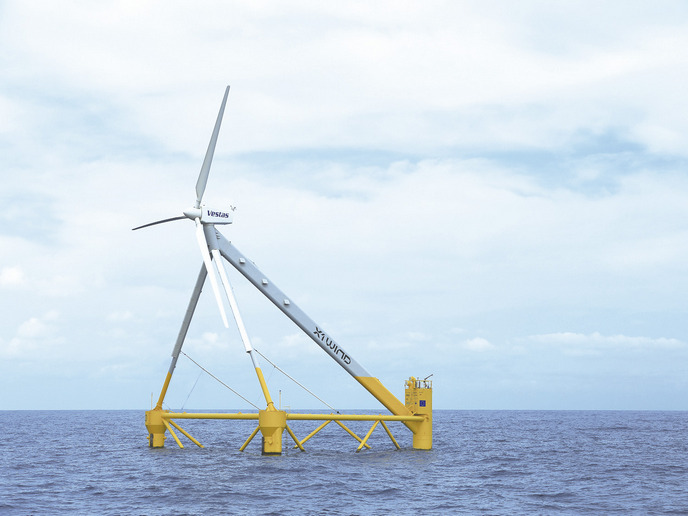Wind turbine for city rooftops
High electricity prices and the lowering costs of renewable technologies and energy storage are leading European energy consumers towards a distributed generation and self-consumption model. Electricity consumers are increasingly becoming prosumers (producers and consumers), who decide at a given moment whether to buy electricity from the grid, to self-consume, or even to export it to the grid. Furthermore, European energy regulations require EU consumers to commit to clean and energy efficient objectives like the Energy Performance of Buildings Directive. This directive requires all new buildings to be nearly zero-energy (NZEB) by the end of 2020. This may be achieved by reducing energy consumption and using renewable sources of energy such as wind power. Wind power is an abundant source of renewable energy but it is not very common in urban areas. This is due to the existence of obstacles like buildings and other structures that convert high speed laminar flow into a low speed turbulent flow. Moreover, traditional wind power turbines are not designed to work with low speed wind (2 to 6m/s) and turbulent flows. A novel design The EU-funded Horizon 2020 EOLI FPS project addressed this challenge successfully. They developed and patented a rooftop vertical axis wind turbine (VAWT) specifically designed to work under low windspeed conditions found in the urban environment. “Its internal rotor design facilitates the creation of vortexes out of the wind turbulence that drastically increases the driving force of the laminar wind,” says project coordinator Sergio Pedrosa. “Furthermore, it is safe, noiseless, does not vibrate and fits into the urban landscape.” “EOLI FPS is the only small wind technology specially designed to work under low-speed turbulent winds and thus the only reliable, cost-effective, safe option for urban environments,” explains Pedrosa. Currently, it can produce 1 000 watts at 6 m/s wind speed with a maximum power output of 2 500 watts. “Thanks to its permanent magnet generator technology the VAWT can start producing electricity at only 2 m/s wind speed. Its height is 125 cm, the diameter 180 cm and it weighs 143 kg,” Pedrosa adds. Cheaper, greener energy The wind turbine offers the customer energy at a cost of EUR 0.05 per kilowatt hour (kWh) produced, which compared to the current European average cost of EUR 0.21 per kWh for the electricity network amounts to a saving of EUR 1 102.50 per year (for an electricity consumption of 9 922 kWh/year). According to Pedrosa: “A single EOLI FPS turbine can produce 5 250 kWh per year, thereby preventing the annual emission of 1.5 tons of CO2 to the environment. In addition, EOLI FPS is safe and bird friendly due to its protective cover protection.” As the VAWT is designed specifically for use in urban areas, it is a reliable, cost-effective, and safe option for office buildings, malls, hotels, public buildings like schools and hospitals, and private residences. “Our simple, reliable and affordable VAWT operates silently, while reducing the cost of electricity for the end users by 75 %. Prototypes have already been developed and tested in several locations in Spain, demonstrating the technical viability and the high performance of our in-house manufactured systems,” Pedrosa points out.
Keywords
EOLI FPS, wind, turbine, electricity, urban, consumer, vertical axis wind turbine (VAWT)







